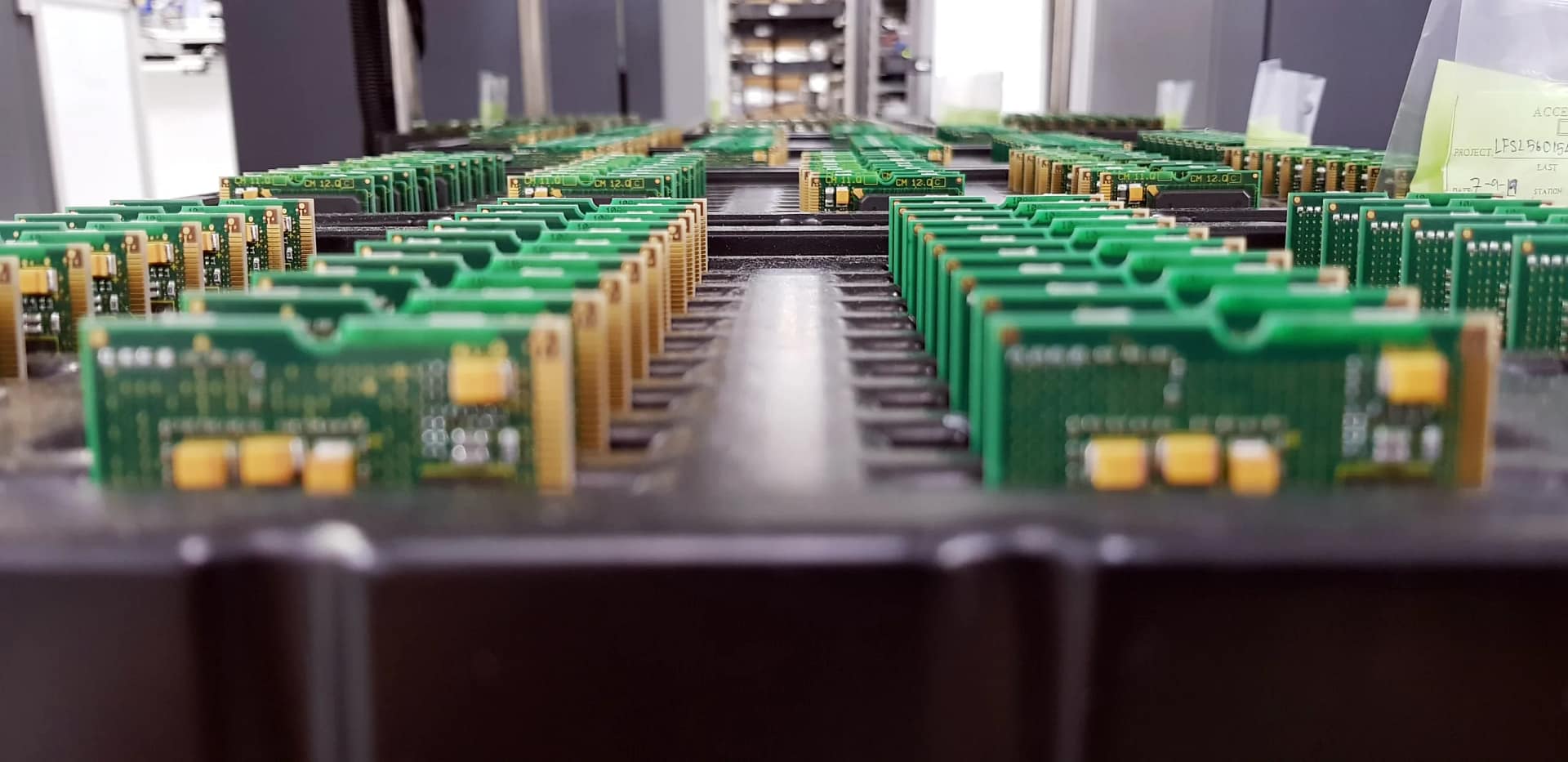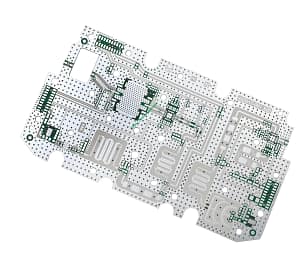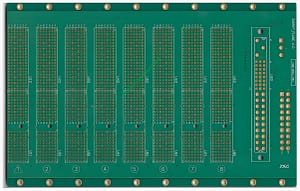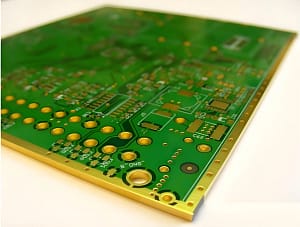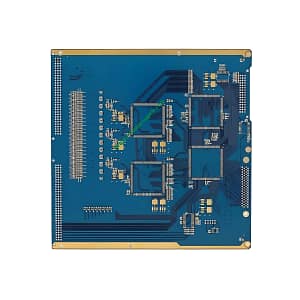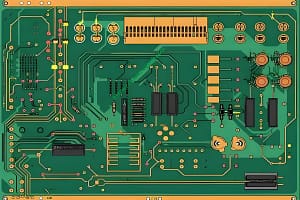Introduction to Fibre-Optical Module PCB
Overview and Definition
Fibre-Optical Module PCBs, also known as Fiber Optic Boards, are specialized placas de circuito impreso (PCB) designed for use in fiber optic communication systems. Estos PCB are integral components in modern telecommunications and data transmission networks due to their ability to handle high-speed data transfer with minimal signal loss.

Propósito y aplicación
The primary purpose of a Fibre-Optical Module PCB is to provide a reliable platform for mounting and interconnecting optical components such as lasers, photodetectors, and other optoelectronic devices. These PCBs are commonly used in:
- Telecommunications equipment
- Centros de datos
- High-speed networking devices
- Equipo de imágenes médicas
- Industrial automation systems
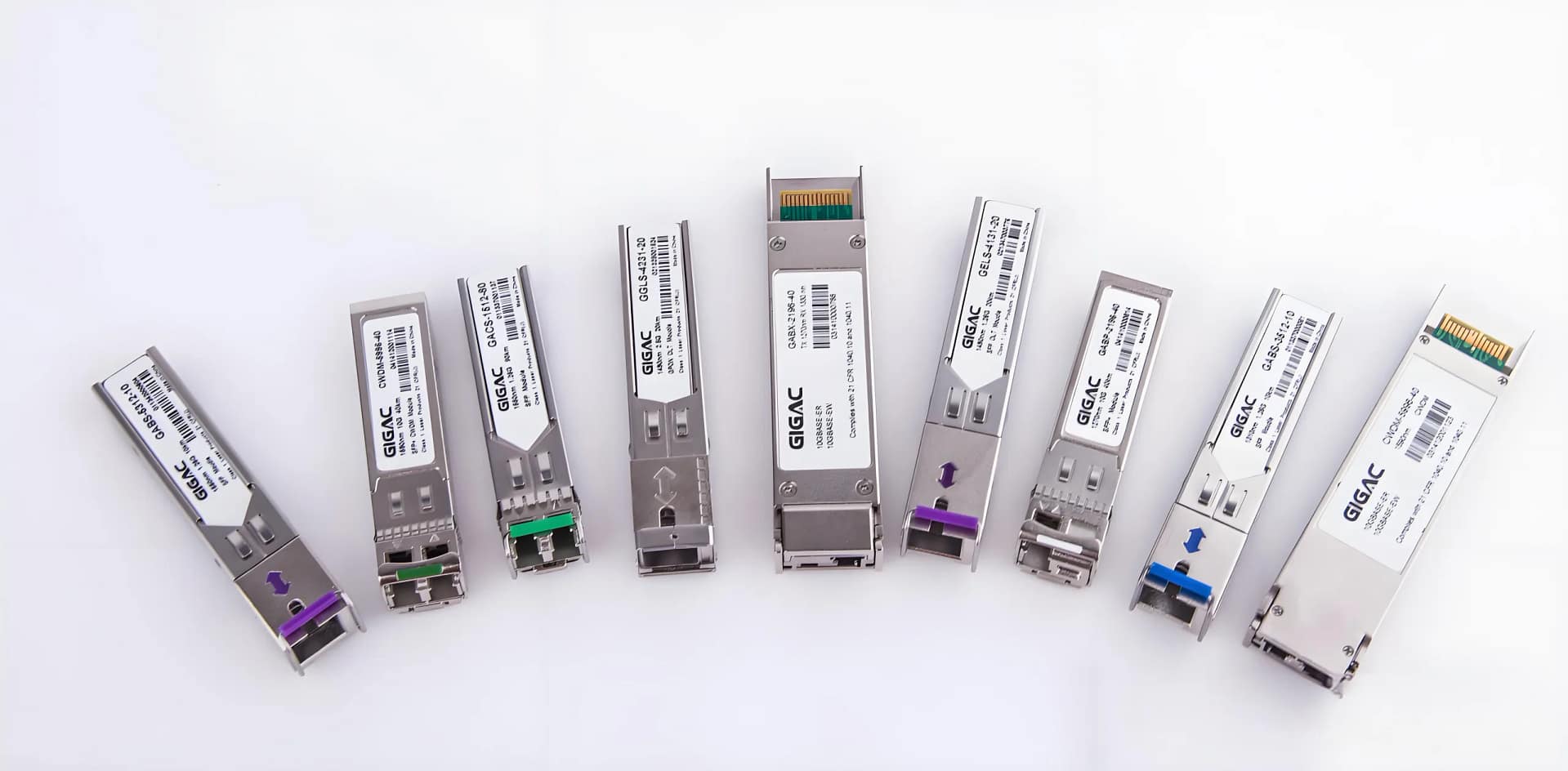
Clasificación
Fibre-Optical Module PCBs can be classified based on several criteria including:
- Número de capas (p.ej., single-layer, de dos caras, multicapa)
- Material composition (p.ej., TRONOME 6, Panasonic M6)
- control de impedancia (p.ej., 50 ohmios, 100 ohmios)
- Tratamiento superficial (p.ej., oro de inmersión, dedos de oro)
Material and Build
Material
The Fibre-Optical Module PCB utilizes MEGTRON 6, también conocido como Panasonic M6, which is a high-performance material offering excellent thermal stability and mechanical strength. This makes it ideal for applications requiring durability and reliability.
Detalles de construcción
- capas: El PCB consiste en 8 capas, providing ample space for complex circuit designs and component placement.
- Color: Disponible en verde y blanco, allowing for easy differentiation and identification in various applications.
- Espesor terminado: The PCB has a finished thickness of 1.0mm, optimizing both structural integrity and space efficiency.
- Espesor de cobre: With a copper thickness of 1OZ (ounce), La PCB garantiza una conductividad eléctrica eficiente.
Características de rendimiento
- Control de impedancia: The PCB maintains impedance values of 100 ± 7% y 50 ± 10%, ensuring consistent signal transmission quality.
- Velocidad: Capable of handling speeds up to 400g, haciéndolo adecuado para aplicaciones de alta frecuencia.
- Tolerancia: The tolerance between the gold finger and plate edge is ±0.05mm, ensuring precise alignment and connection reliability.
Proceso de producción
The manufacturing process of a Fibre-Optical Module PCB involves multiple stages including:
- Preparación de material: Selecting and preparing the base material (TRONOME 6).
- Apilamiento de capas: Stacking multiple layers of the material de placa de circuito impreso to achieve the desired thickness and functionality.
- Grabado de patrones: Using chemical etching or laser cutting to create the circuit patterns on each layer.
- Laminación: Comprimir las capas juntas bajo alta presión y temperatura para formar una unidad cohesiva.
- Enchapado: Applying copper plating to the PCB surface to ensure good electrical connectivity.
- Tratamiento superficial: Treating the surface with immersion gold and adding gold fingers to improve conductivity and corrosion resistance.
- Control de calidad: Realizar pruebas rigurosas para garantizar que la PCB cumpla con todas las especificaciones de rendimiento.
Características clave y ventajas
- High Signal Integrity: Maintains signal purity over long distances, crucial for fiber optic communications.
- Durabilidad: Made from robust materials that withstand harsh environmental conditions.
- Precisión: High precision in manufacturing ensures reliable connections and minimal signal loss.
- Versatilidad: Suitable for a wide range of applications due to its adaptable design and material properties.
Escenarios de uso
Fibre-Optical Module PCBs are essential in scenarios where high-speed data transmission is critical, como:
- Telecommunication Networks: Ensuring seamless data flow across vast distances.
- Centros de datos: Supporting the backbone of data storage and retrieval operations.
- Equipo médico: Enhancing the performance of diagnostic and imaging devices.
- Aplicaciones industriales: Facilitating automation and control systems with high precision and reliability.
En conclusión, the Fibre-Optical Module PCB represents a pinnacle of technological advancement in the realm of high-speed data communication. Its meticulous design, superior materials, and stringent manufacturing processes collectively contribute to its unparalleled performance and reliability, making it an indispensable component in modern telecommunications and data center infrastructures. Whether it’s enabling lightning-fast internet connections or ensuring the accuracy of medical imaging, this PCB stands as a testament to human ingenuity in harnessing the power of light for information transfer.
 UGPCB LOGO
UGPCB LOGO
